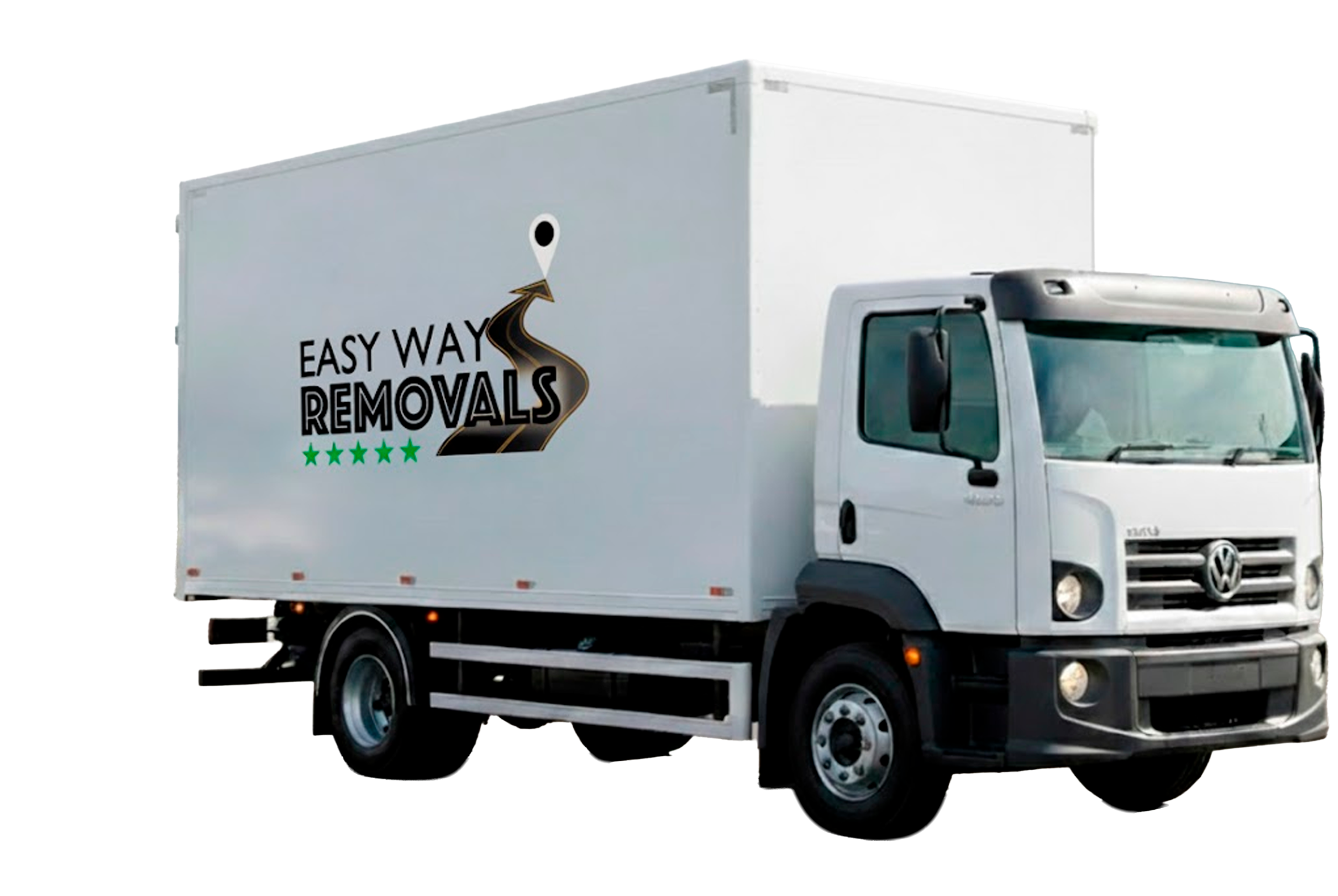Thinking about moving abroad? Maybe it’s for a job, to be closer to someone you love, or just to try something new. It sounds exciting, but let’s be real — it can also feel a bit overwhelming.
You’re not just changing your postcode. You’re changing countries, time zones, and everything from your daily routine to your healthcare. There’s a lot to figure out, and it can get stressful if you don’t have a plan.
But here’s the good news — with the right steps, you can make the move smooth and stress-free. You don’t have to figure it all out alone. A bit of planning and knowing what to expect can make all the difference.
This guide is here to help. We’ll go through everything regarding how to move internationally from the UK.
Let’s break it down step by step and get you ready for your big move.

Now, we’ll figure out how to move to another country from the UK.
Before you do anything else:
Pro Tip: Don’t wait until the last minute. Some visa applications require passport information.
Every country has its own visa rules. You’ll likely need a Skilled Worker Visa if you’re in tech or a professional role.
Common visa categories:
| Country | Visa Type | Sponsored by Employer? |
| USA | H1-B or Employment Immigration | Yes |
| Australia | Employer Nomination or Skilled Nomination | Yes (or points-based) |
| Spain | Long-Stay Visa (Visado Nacional) | Sometimes |
| Norway | Residence Permit | Usually |
| Canada | Express Entry or Employer Sponsored | Either option |
Important:
It’s really important to start your move early because getting a visa can take weeks or even months. If you’re moving for a job, your employer might help with some of the paperwork, especially if they’re sponsoring you.
Just keep in mind, some countries will also ask for extra things like proof that you have enough savings, health insurance, or even a language test — so it’s good to be prepared ahead of time.
Let’s break down what you may need to pay for:
| Cost Category | Estimated Range |
| Flights | £300 – £1000+ |
| Shipping belongings | £500 – £3000+ |
| First month’s rent | Varies by country |
| Visa & legal fees | £200 – £2000+ |
| Insurance | £300 – £1000/year |
| Furniture, supplies | £500 – £1500 |
Also plan for:
Once you’ve worked out how much your move will cost, it’s time to start saving. Set a clear goal and try to stick to it. One easy way is to set up a monthly transfer from your main account into a savings account, so the money is saved automatically.
Try to cut back on things you don’t really need, like streaming services or regular takeaways. You can also sell or donate things you’re not taking with you — this helps you earn a bit of extra cash and gives you fewer boxes to move.
For instance, you can donate your furniture and household items to charities like Furnishing Futures or The British Heart Foundation. If you have clothes to give away, there’s a service called iCollect that can even come to your home and pick them up for you.
Before you leave the UK, let HMRC (the UK tax office) know about your move. You need to fill out form P85, which tells them you’re moving abroad. If you’re planning to rent out your UK home, you should also join the Non-Resident Landlord Scheme.
And if you have savings in the UK and want to stop tax being taken on the interest, fill out form R105. Doing these things will help you follow the tax rules properly in both the UK and your new country.
Before you travel, visit your GP for a full check-up and make sure you get any prescriptions filled. It’s a good idea to carry extra medication in your hand luggage just in case.
Also, check if you need any vaccines based on the country you’re moving to. Most importantly, buy international health insurance — some countries need you to show proof of it to approve your visa.
You may also need car insurance if you’re taking your vehicle, and life or travel insurance if your move is long-term. It’s better to be safe and covered from the start.
Hiring professional movers can save you a lot of time and stress. If you don’t know how to pack to move abroad, no worries. They don’t just transport your things — they can also help pack your home properly and even provide moving supplies like boxes, bubble wrap, and tape.
Whether it’s your furniture, kitchenware, clothes, or other household items, they’ll make sure everything is packed safely and securely. You can also choose to store some things in the UK, send only the essentials, or ship items in smaller batches.
Movers know each country’s rules and help you avoid delays or extra charges at customs.
When packing delicate things like glass or dishes, check out our simple guide on How to Pack Fragile Items to keep everything safe.
Tell your UK bank you’re moving abroad. Then, open a local bank account in your new country — some banks even let you do this online. You might also want to open an international or offshore account, which is helpful if you earn and spend money in different currencies. It’s smart to keep your UK bank account open if you still have bills to pay, own a property in the UK, or think you might come back in the future.
Make a folder with originals and scanned copies. Include:
It’s smart to carry digital backups on a USB or cloud storage.
This is where the fun begins!
Decide:
Use tools like Google Maps, local forums, or even YouTube to explore neighbourhoods. Also:
For your gadgets like TVs or computers, follow these steps in How to Pack Electronics for Moving to avoid damage during the move.

Don’t Forget:
Pet Owners:
Planning for the Future:
If you’re packing your whole home, our tips in How Do I Pack Up a House to Move With Easy Way Removals will make things much easier and less stressful.
Here’s an international move checklist:
So, hopefully, you now know how to move internationally from the UK. Moving abroad from the UK can be one of the most exciting things you ever do. Yes, there are a lot of steps. But if you follow this guide, you’ll be ahead of the game.
Wondering about payments? Find out the answer in our guide, “Do You Pay Upfront for Removals?” so you know what to expect.




